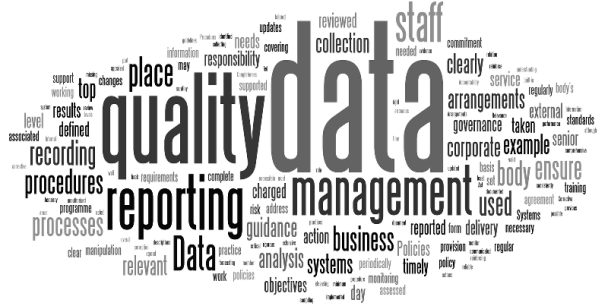While running a company, you may face several data quality issues during monitoring machine learning models. These can eventually result in the dissatisfaction of your customers.
Sometimes it becomes very difficult to find the problems with your data and solve those issues without any delay. This is a common problem that you may face while dealing with the quality of data.
So, to avoid those data-related problems, you should follow a few practices for data quality checks and monitoring while working with the procedures of monitoring ML models.
Nowadays, machine learning needs a good amount of data to work properly. Also, the analytics always search for new data, which can increase the value of the data sets. Discussed below is all about data quality and what the steps are to check and monitor this properly.
What is Data Quality?
The quality of data is high when it can satisfy the requirements of its intended purpose and use for decision-makers, clients, and also downstream applications and procedures.
A good quality product can eventually meet the expectations of the customers and increase their levels of satisfaction, hence making the company more successful. Similarly, data quality is a crucial attribute that could increase the value of data and hence, has a great impact on the business outcome.
The important aspects that can determine the data quality are:
- Completeness: There should not be any missing values within the data.
- Accuracy: No matter what type of data you are using, it needs to be accurate.
- Timeliness: The data needs to be up to date.
- Relevancy: the data should meet the expectations of its intended use.
- Consistency: The data need to be consistent.
The important steps to practice data quality checks and monitoring
- Careful designing of data to avoid duplication of data
When duplicate data is developed, it can give different results while giving cascading effects throughout multiple databases. So, when a data-related problem arises, it becomes time-consuming to find out the root cause and the process to fix it.
So, to avoid these problems, a data pipeline should be defined clearly and designed carefully.
- Controlling the incoming of data
In many cases, bad data comes while receiving the data, because the data usually comes from different sources. Most of those sources are out of the control of the organization. Hence, there is no guarantee regarding the quality of data. So, to check the quality of the incoming data, you should do the processes like:
- Checking the patterns and formats of the data.
- Checking the completeness of data.
- Checking the abnormalities and value distributions of data.
- Gathering the data requirements accurately
Having good quality data can easily satisfy your customers. So, it is crucial to capture all the scenarios and conditions of the data. Understanding what your client is expecting from you is also important.
- Having teams for monitoring data quality
There are two important ways to monitor and check the quality of the data accurately. You can have two teams of experts to check these two things:
- Production quality control
Here the team members need to have a better understanding of the rules and requirements of your business. The main object of this team is to detect any type of issues regarding data quality and fix those before the users do.
2. Quality assurance
The members of this team usually check the programs and software whenever there is any change in the data. This can eventually ensure a better quality of data after going through several changes.
Therefore, proper checking and monitoring of data quality are important in the successful process of monitoring ML models.
